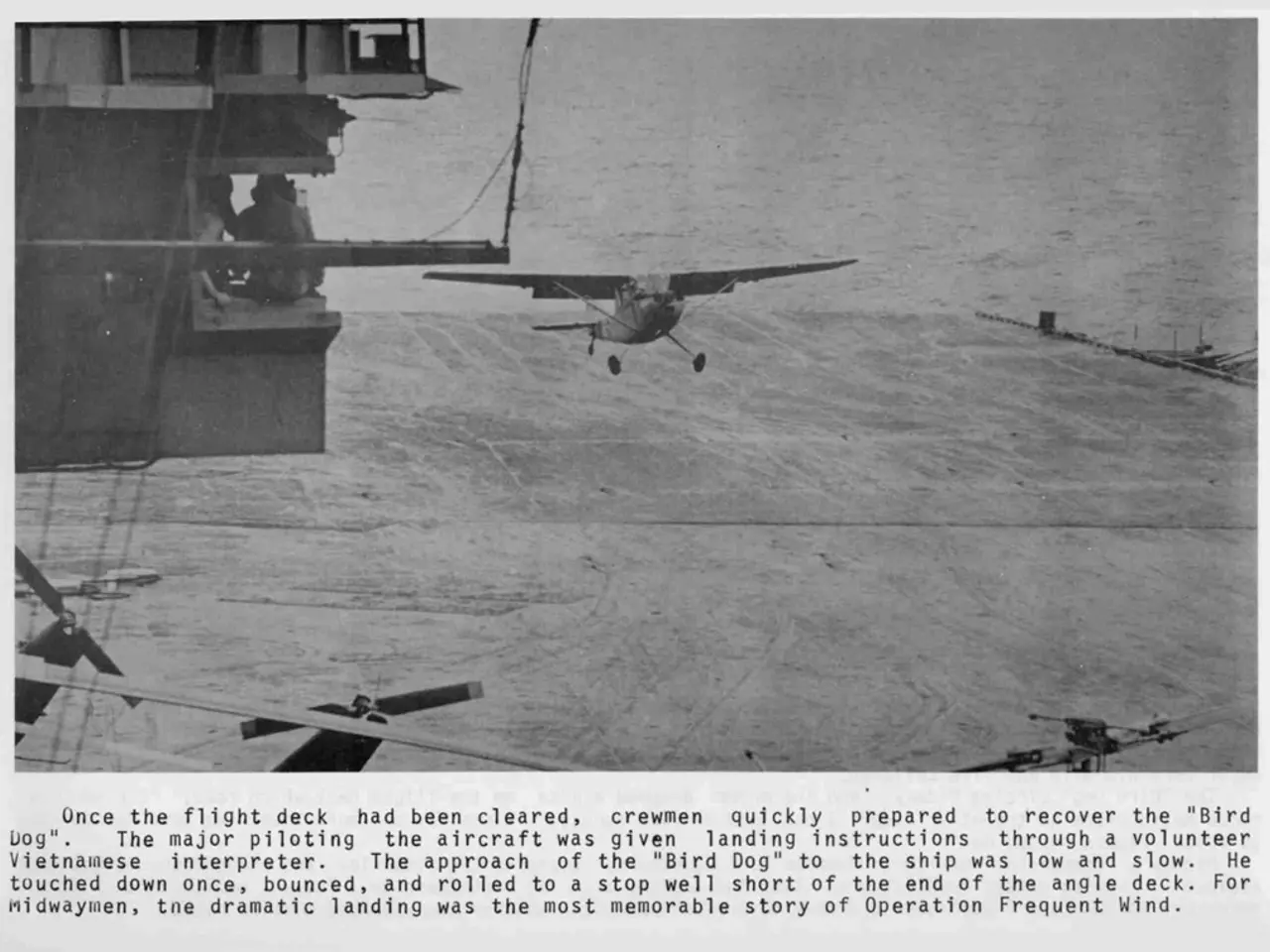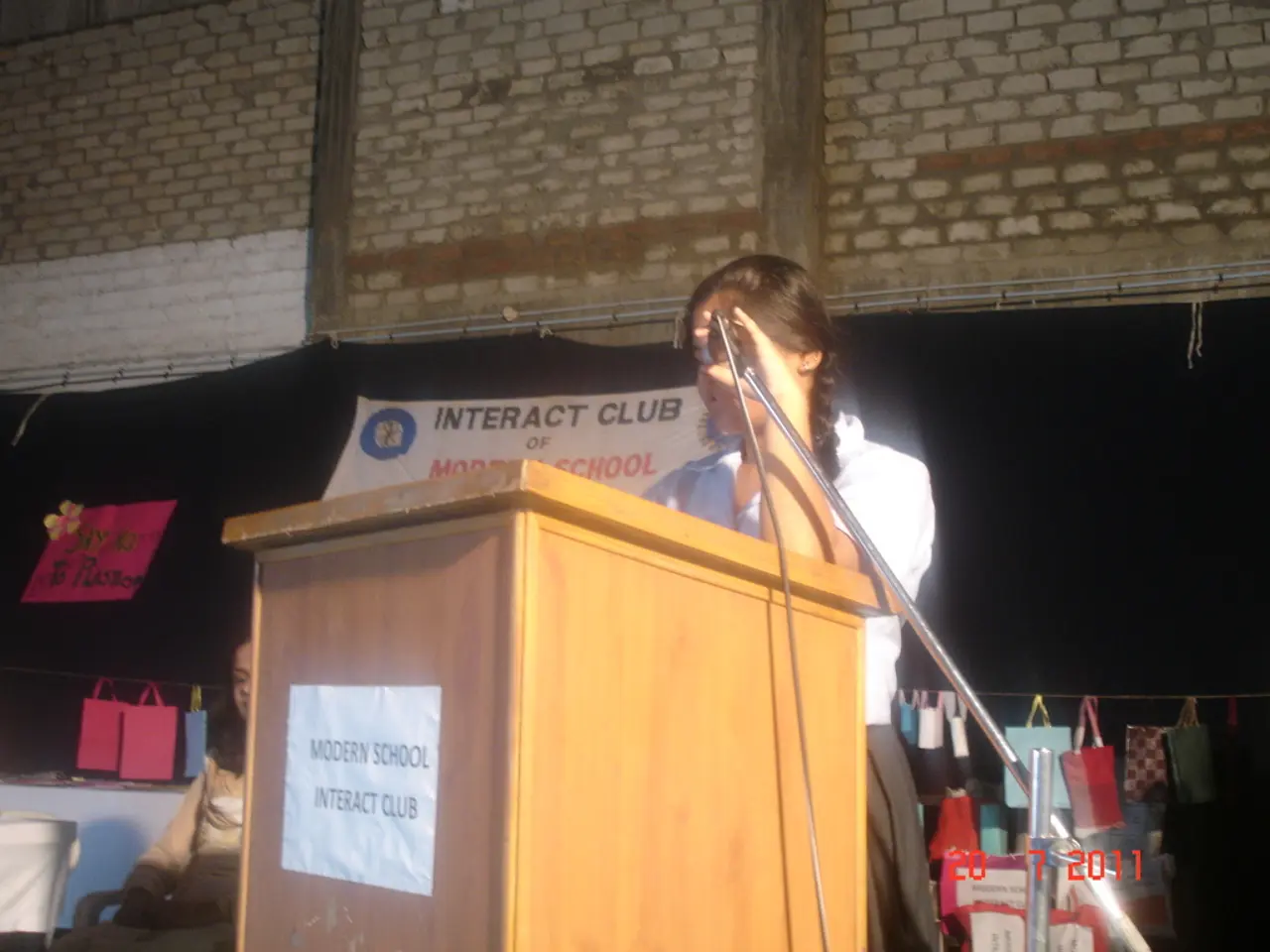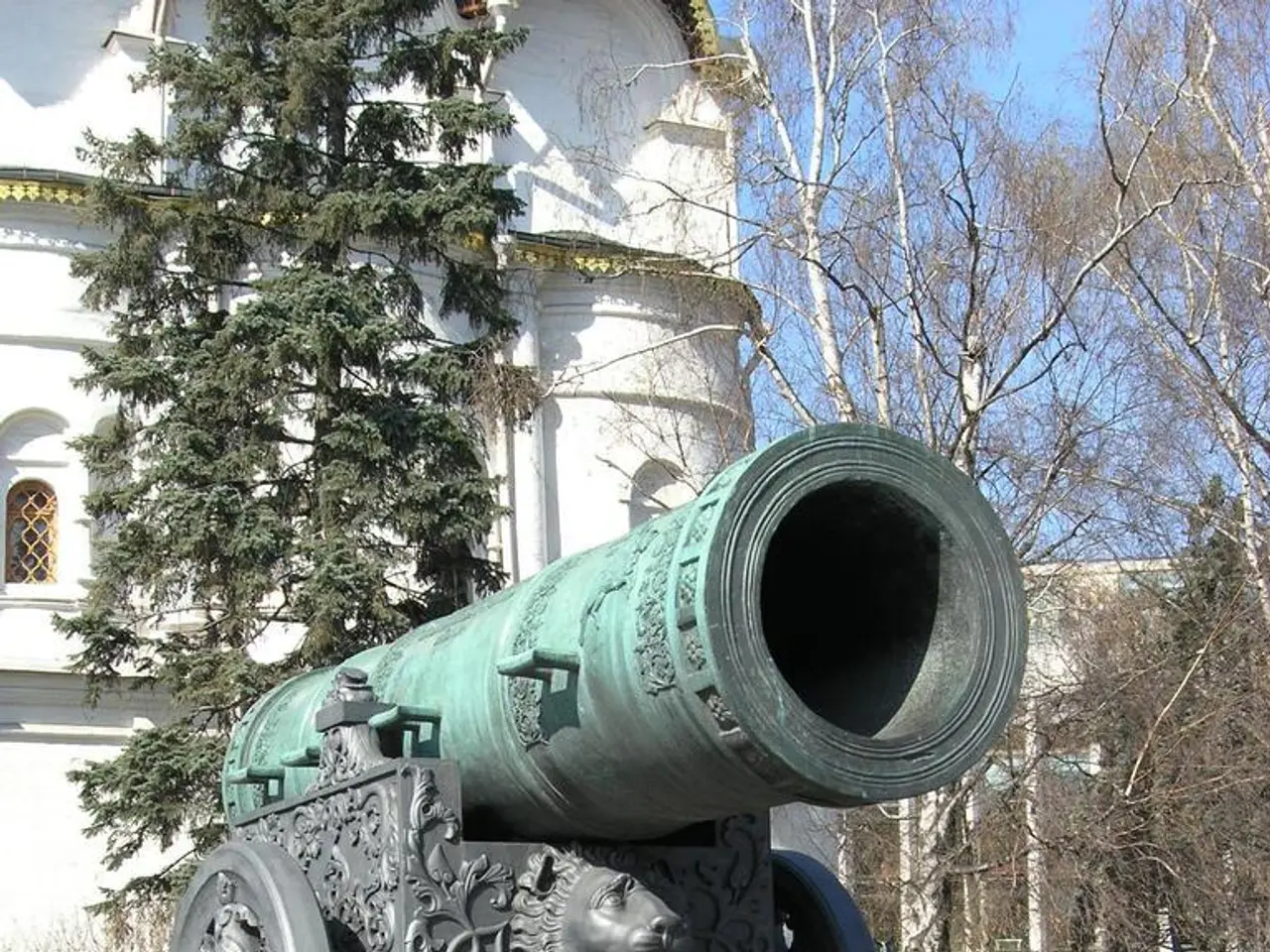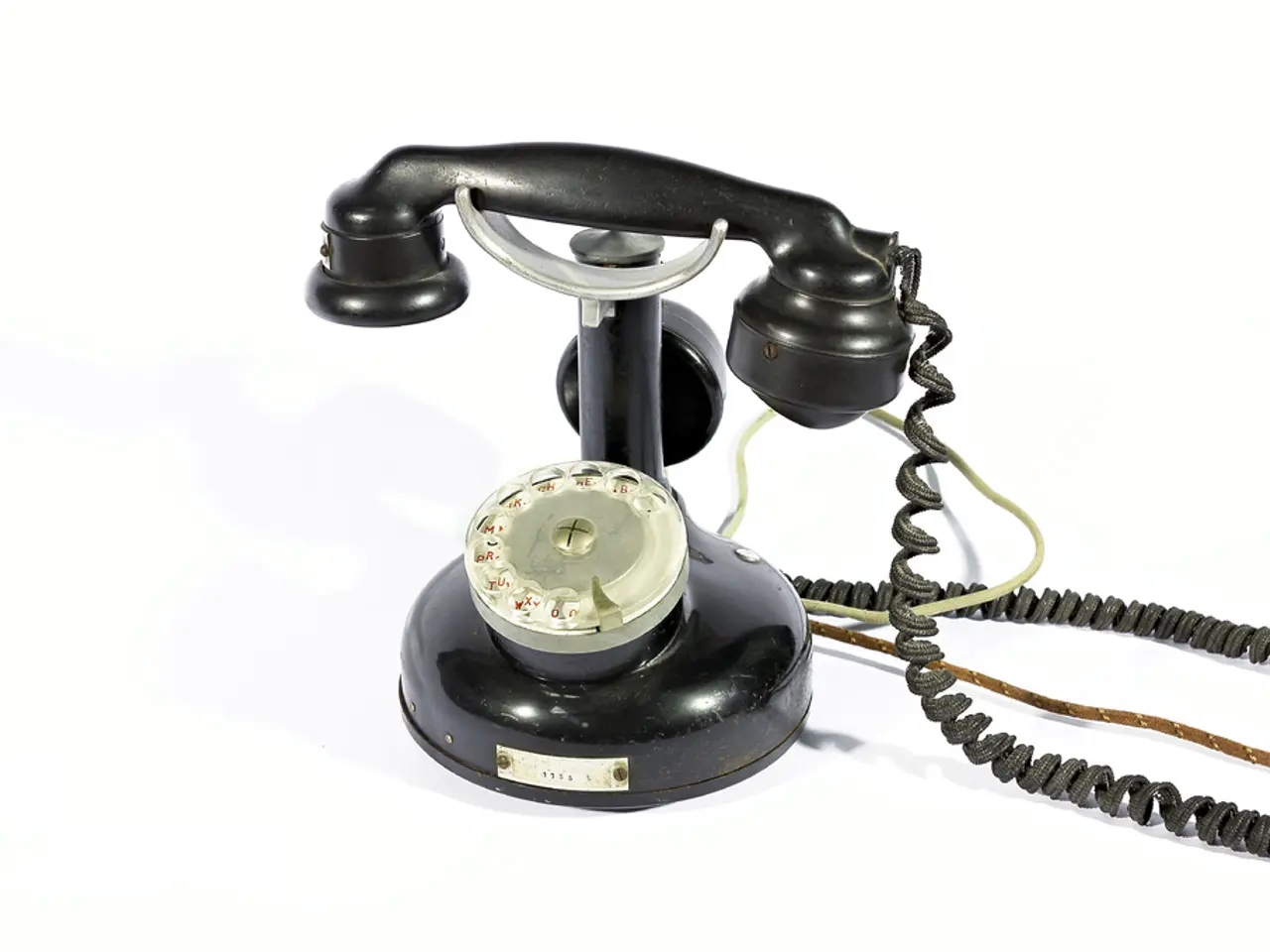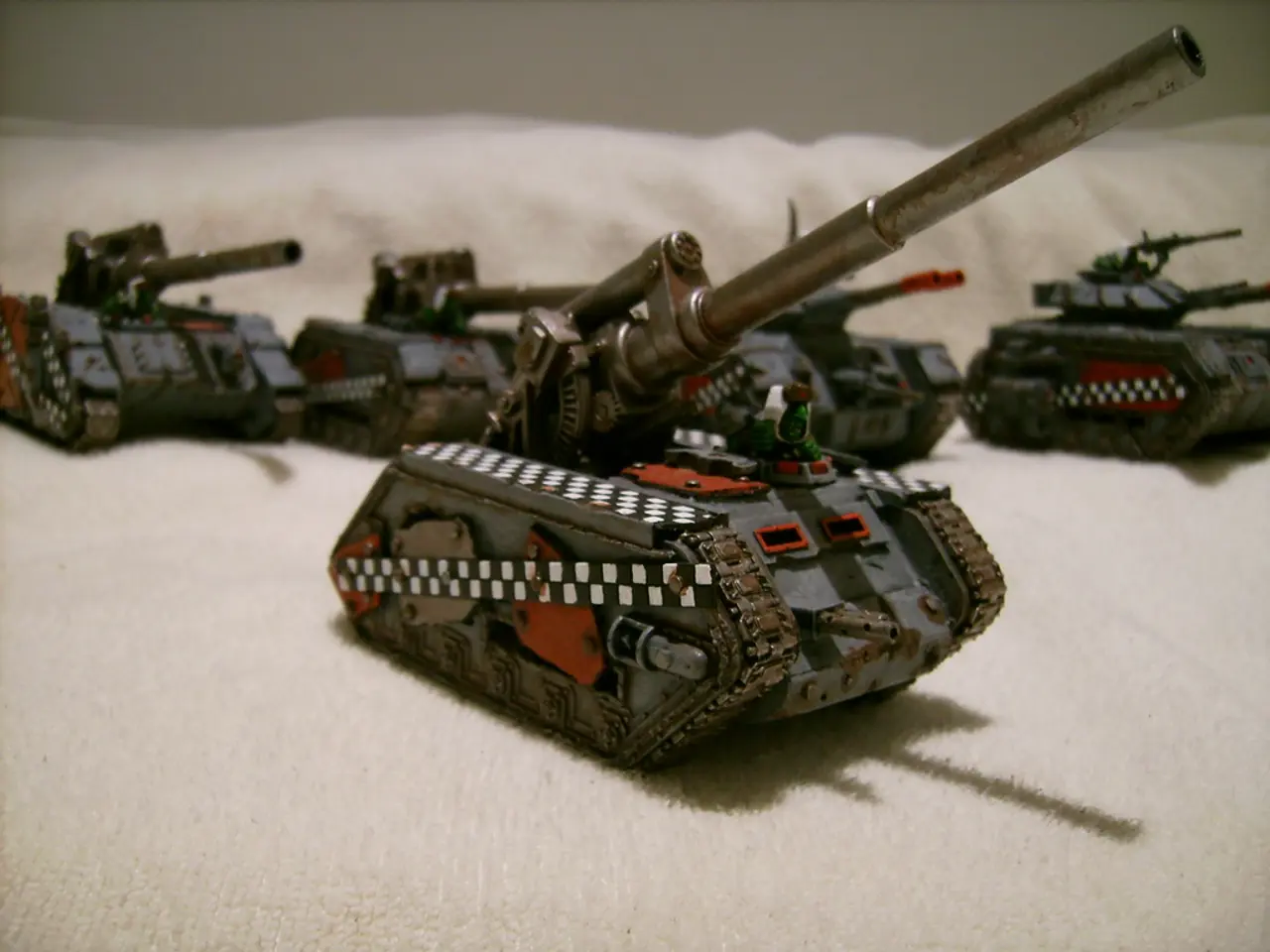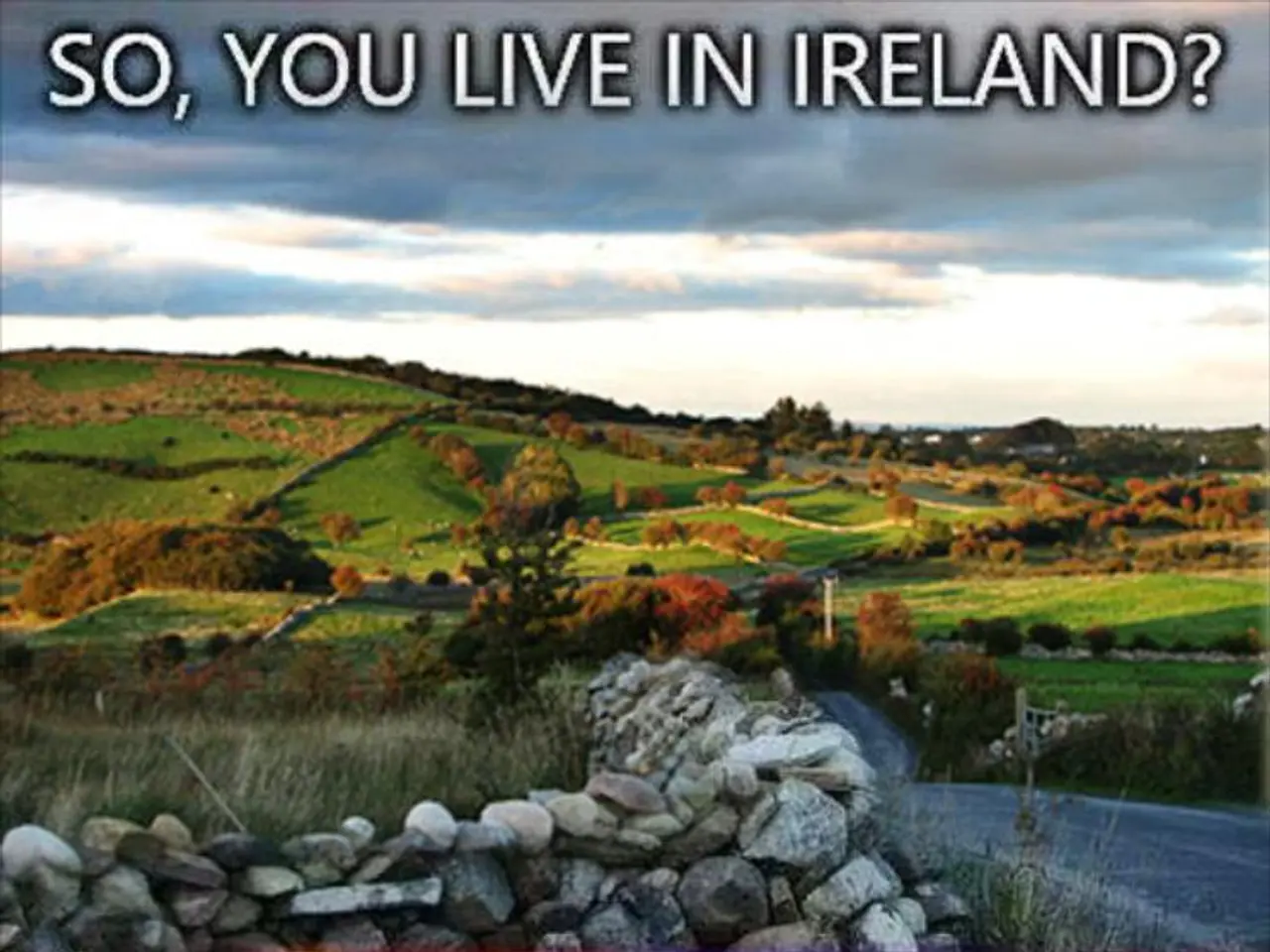Aerial Threat Targets Russian Airports: Implementation of Measures in Moscow and St. Petersburg
In a significant escalation of the ongoing conflict, Ukraine has been conducting numerous drone strikes targeting Russian territories, including areas near major cities such as Moscow and St. Petersburg. According to recent reports, Russian authorities have intercepted and shot down approximately 120 Ukrainian drones over multiple regions, including Bryansk, Kursk, and Leningrad (St. Petersburg) [1][3].
These drone attacks have had a substantial impact on civilian flights in Russia. On July 5, there were substantial delays and cancellations of flights at airports in Moscow and St. Petersburg. Sheremetyevo Airport, one of Russia's busiest, experienced severe disruptions with around 174 flights canceled and 47 delayed, primarily involving the state-owned airline Aeroflot. This caused extensive passenger congestion, with reports of people spending over nine hours at the airport, sitting or lying on floors due to full seating capacity in cafes and lounges [1][3]. St. Petersburg's Pulkovo Airport also faced temporary restrictions, with flight operations briefly halted from around 10:15 p.m. to 12:30 a.m. [1].
In total, nearly 300 flights were grounded across major Russian airports, including Moscow's Sheremetyevo, St. Petersburg's Pulkovo, and Strigino Airport in Nizhny Novgorod, due to safety concerns arising from these drone threats [3].
While Kyiv has not officially commented on these particular drone strikes, it is known that Ukraine is increasing its drone production and capabilities with Western support as part of a broader strategic aim to disrupt Russian airspace and logistics [1][3]. The Kyiv Independent and the Kyiv Post have reported that Ukraine may be attempting to disrupt civilian air traffic in Russia.
It is important to note that Kyiv has not targeted civilian aircraft in the Ukraine war so far. The reported Ukrainian drones are causing disruptions to civilian air traffic in Russia's major cities, but they are primarily targeting military and industrial infrastructure in various Russian regions [1].
In response to the reported drone threats, Russian authorities have blocked airspace over Moscow and St. Petersburg. The Shot Telegram channel, a Kremlin-friendly source, has mentioned the airspace restrictions in Russia [1].
On Sunday, Ukrainian President Volodymyr Zelensky threatened further air strikes with long-range weapons against military targets deep inside the Russian Federation [4]. As the conflict continues, it is expected that these drone attacks could further escalate and continue to disrupt civilian flights in Russia.
References: [1] The Kyiv Independent. (2025, July 6). Ukrainian drone attacks disrupt civilian flights in Russia. Retrieved from https://www.kyivindependent.com/ukraine-world/ukrainian-drone-attacks-disrupt-civilian-flights-in-russia-6568387.html [2] The Kyiv Post. (2025, July 6). Ukraine steps up drone production, eyes more attacks on Russia. Retrieved from https://www.kyivpost.com/ukraine-politics/ukraine-steps-up-drone-production-eyes-more-attacks-on-russia.html [3] Reuters. (2025, July 6). Ukraine's drone attacks disrupt civilian flights in Russia. Retrieved from https://www.reuters.com/world/europe/ukraines-drone-attacks-disrupt-civilian-flights-russia-2025-07-06/ [4] BBC News. (2025, July 6). Zelensky threatens further air strikes on Russia. Retrieved from https://www.bbc.co.uk/news/world-europe-61772044
The ongoing war-and-conflicts between Ukraine and Russia have spilled over into the political realm, with Ukraine's drone strikes disrupting civilian flights in major Russian cities, such as Moscow and St. Petersburg, due to safety concerns. General news outlets report that Ukraine is increasing its drone production and capabilities with Western support, potentially aiming to cause further disruptions in Russian airspace and logistics.
